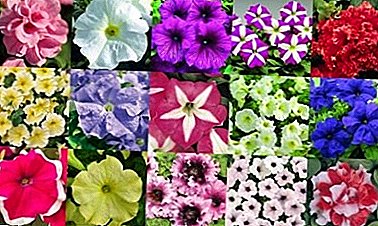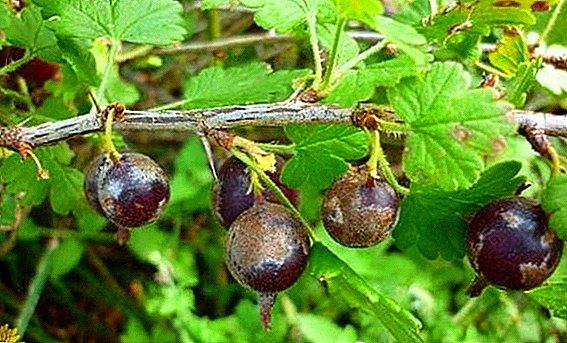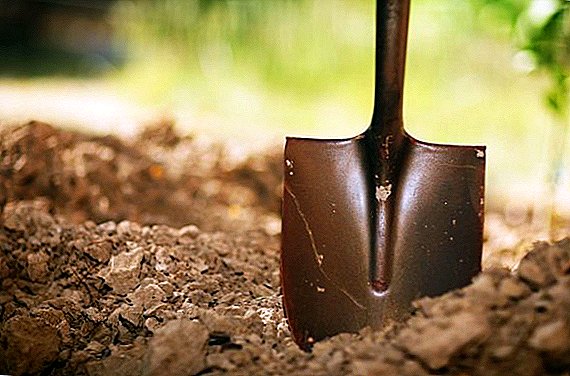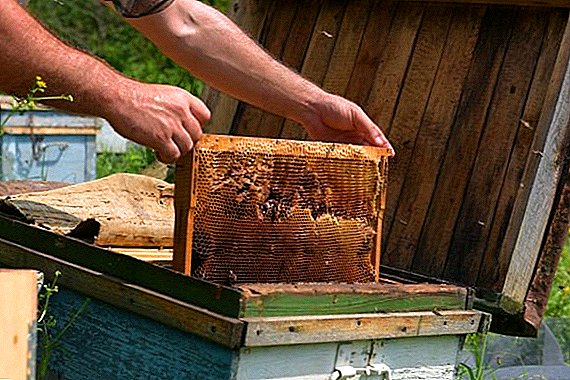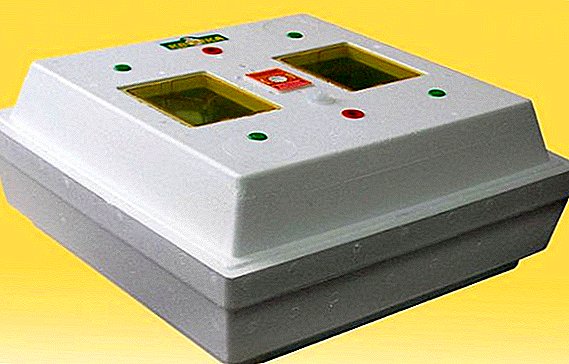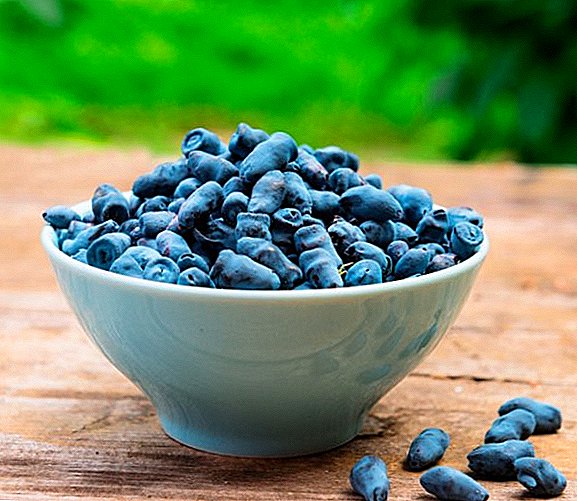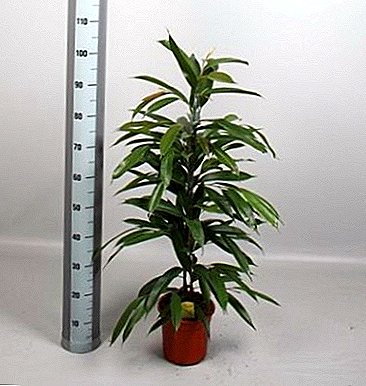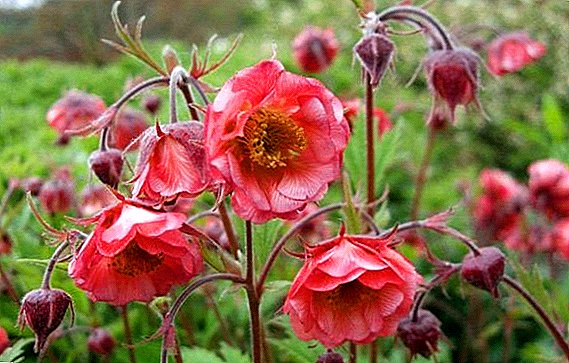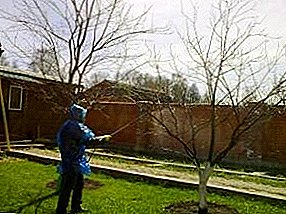
This is one of the first questions that begin to worry even experienced farmers and gardeners, first engaged in the cultivation of pumpkins in their plot.
This vegetable is known for its nutritional value and benefits in cooking safe baby food.
Pumpkin is rich vitamins and mineralsdue to which normalization of digestion, blood pressure, improvement of vision and metabolism in the body is possible.
You can learn how to dry pumpkin and how to dry pumpkin seeds from our articles. Some varieties are so tasty and sweet that they are recommended to be eaten without heat treatment.
Room Requirements
On that, whether it is possible to store a pumpkin in the winter in house conditions, read in our other article. Can I keep a pumpkin in the cellar? In order not to lose the precious reserves of the pumpkin crop, it is necessary to create favorable conditions for long-term storage. This includes the excellent condition of the cellar and cellar, preparation of vegetables, compliance with the desired temperature and humidity level, as well as proper location of a number of products with which the pumpkin can be safely stored side by side.
How to prepare a cellar for storing pumpkins? If necessary, swipe cleaning indoors, thoroughly cleaning it from debris, dust and possible traces mold.
The next stage is disinfection and drying of the cellar. Check all corners, floors and walls for moisture, dry them, then clean the surfaces lime solution or 2% solution salt, to protect their stocks from harmful microorganisms.
 A month before laying pumpkins and other products, all surfaces can be treated with a sprayer with a solution of lime and copper or iron vitriol.
A month before laying pumpkins and other products, all surfaces can be treated with a sprayer with a solution of lime and copper or iron vitriol.
The room should not be stuffy or stuffy - the cellar will have to be ventilated, especially after applying sulfur checkersabout two days.
All shelves, racks and other surfaces should be rinsed, cleaned and wiped dry.
Can be spread over them dry straw or paper in several layers. Subsequently, it will probably have to be changed several times if it is damp. If you have enough free space, then place in the cellar a couple of boxes filled to the top with dry sawdust or ash.
They perfectly absorb excess moisture, maintaining a favorable atmosphere for pumpkins. You can find out on how and at what time it is necessary to harvest pumpkin from the garden for storage on our website.
Optimal conditions
How to keep a pumpkin for the winter in the cellar? What is the optimal storage temperature? Like the vast majority of vegetables, pumpkin loves a slight coolness. Best temperature It is considered + 3-5 ° C.
Some varieties feel great at a temperature of +10 ° C. Just below - and the fruits can freeze, a little higher - and they will gradually begin rot, thereby significantly reducing the permissible shelf life.
What is the optimum humidity? Humidity indoors should be moderate (70-75%) so as not to create a destructive environment in which diseases would start to develop.
It is quite difficult to maintain a uniform temperature around the perimeter of the cellar, especially if it is not built into it. ventilation system. Most often, cold air accumulates below, where the temperature is between 0 and +2 ° C.
What kind of vegetables and fruits can be, and with which it is undesirable to store pumpkin in the cellar? Pumpkin can keep calm with vegetables, which, like her, do not like too low a temperature. These are zucchini, radishes, eggplants.
With the rest of the vegetables, it is better for her or not to cross in the same room, or to be at different levels in height. In any case, pumpkin must not touch neither with each other, nor with other products.
Variety selection and preparation
 Which pumpkin varieties are best suited for storage in the cellar and basement?
Which pumpkin varieties are best suited for storage in the cellar and basement?
For longer storage late-ripe fruits are calculated, which can be distinguished by strong peel, rich orange shade and tender, appetizing pulp.
Good ones nutmeg varieties able to lie in an optimal environment for about six months. Typical representatives: "Vitamin", "Pearl", "Interception", "Vita", "Muscat", "Butternat Ponca", "Testi Delaipe".
Among the mid-ripening varieties are also suitable for the cellar with excellent keeping quality, for example "Zhdanna", "Golosemyannaya" and "Arabatskaya". These large fruits have hard bark and high disease resistance.
If you are going to store a purchased pumpkin in the cellar, then pay attention to the stalk: a completely cut tail will be a threat to the whole fetus. It will become a kind of entrance for harmful microbes, allowing them to develop within various diseases. Never cut the stem under the root - leave about 8-12 cm. Do not try to tear off the tail with your bare hands, only with a knife.
How to prepare a pumpkin for storage in the cellar? First of all it is necessary to select the most successful fruits. Sort ripe pumpkins from immature, and healthy from affected diseases.
Just cut off areas with dark spots and mold not enough: so you only increase the risk of mold, but do not protect healthy vegetables from infection. You should also store only whole pumpkins, without cracks, pest-eaten off, etc.
The harvest just collected from the beds must be cleaned of dirt with a dry towel and left for some time. to dry in a dark dry place.
Remember that the pumpkin should stay her natural protective layer. That is why, after harvesting, you can not wash or wipe plants with a damp cloth - so you only serve the causative agents of diseases.
How to store a pumpkin in the basement in winter? Pumpkin can not be put in a pile or a hill - try to arrange the vegetables so that they didn't touch each other or cellar walls. They are best laid out on shelves or wooden platforms, well covered with straw or parchment. This is necessary to avoid the accumulation of excess moisture on the skin of pumpkins.
 In addition to dry litter, you will need to occasionally (once a month) monitor the condition the harvest itself.
In addition to dry litter, you will need to occasionally (once a month) monitor the condition the harvest itself.
As soon as the first signs of infection were noticed - it is better to remove a large vegetable from the main mass and discard it.
If the humidity is too high, gently wipe the vegetables with a dry towel and leave the room open for better ventilation.
In order not to throw away the specimen slightly damaged only on the side, areas with scratches or dents can be carefully cut with a knife. However, after this, it is desirable to keep the pumpkin no longer in the cellar or in the basement, but in refrigerated or freezer. To learn how to freeze the pumpkin in the freezer for the subsequent preparation of dishes, you can learn from our article. Read also useful information about the methods of drying pumpkins for making crafts at home.
Terms of savings
How long can you keep pumpkins in the cellar? The average for most pumpkins is half a year, although it depends on the particular type of vegetable. Dining varieties are better long-livers, while forage species can only be stored several months. The permissible shelf life is better not to exceed, even if the vegetable appears to be ideal, without rotting scurf or signs of contamination.
Vegetables will need extra layer of protection - You can warm them by adding a little more dry straw and covering them with sheets of newspaper or dense matter. The main thing is to leave pumpkins the opportunity to "breathe", but not to accumulate excess condensate.
Ways
How to store pumpkins for the winter in the cellar? Keep a pumpkin better on a stand like shelf or palletbut by no means on earth. Stalk all vegetables should look up, and the vegetables themselves should be stacked on something dry and soft, like straw. If you are afraid that vegetables will be pressed against the wall, then put a little straw in the resulting space.
If you do not have any shelves in the room, it is better to equip the cellar with simple wooden frames on the stand without walls. It is better if it is wooden smooth surface. Do not forget about a small layer of straw or paper.
 Pumpkin is one of those vegetables that can not stand critical temperatures.
Pumpkin is one of those vegetables that can not stand critical temperatures.
They prefer moderate humidity and relatively low temperature.
Middle and late varieties are famous excellent keeping quality and methods, while observing all storage rules, lie in the cellar until spring.
Do not scatter the fruits are in total disarray on the floor of the cellar or basement. For these purposes, you need spacious shelves or pallets, covered with straw. Vegetables are best kept at some distance from each other and the walls of the room.
If you follow these simple but effective recommendations for storage, you will surely provide yourself with a stock of ripe pumpkin all winter up to warming.


